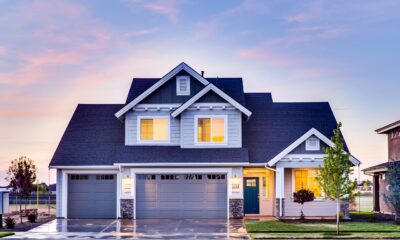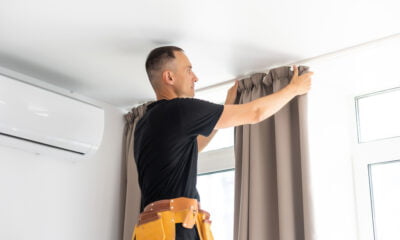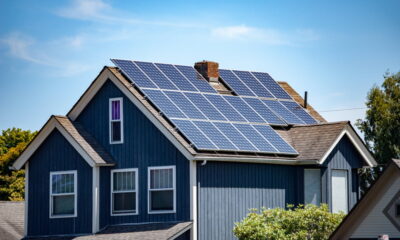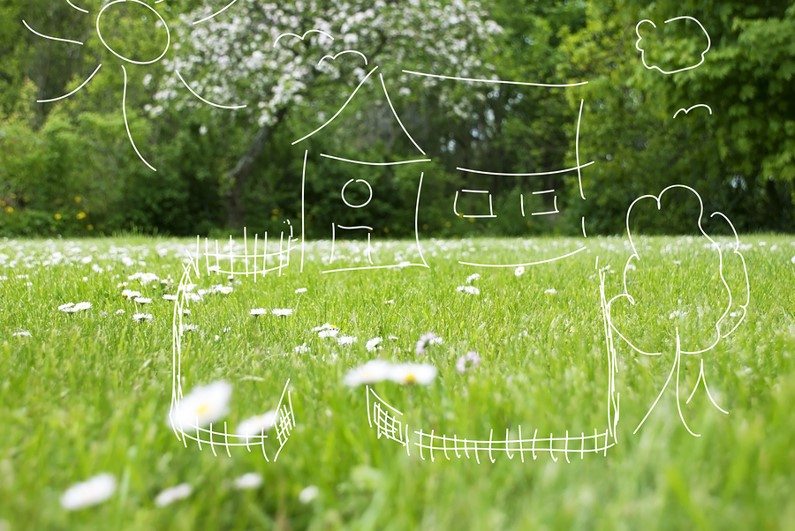
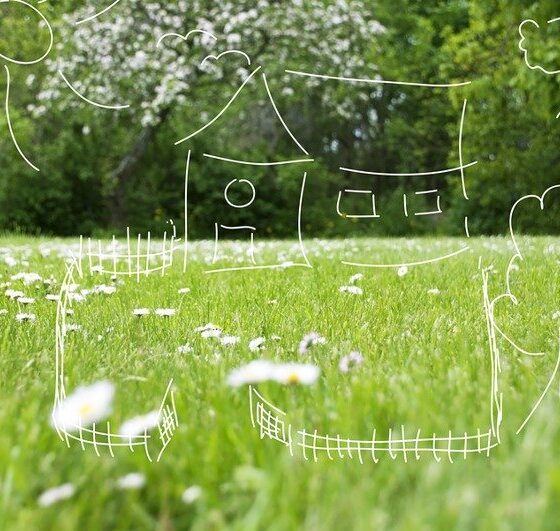
Environment
Eco-Friendly Future: 3 Tips For Building a “Green” Home
With recent emphasis placed on earth-friendly living, it is no surprise that many homeowners are looking for ways to “green up” their homes. While you can make interior changes like covering the windows and placing rugs on the floor, it may not be enough to dramatically improve your home’s green rating. For the most eco-friendly home, you will have to start from scratch! Included here are a few tips for a building a “green” home.
Building Location
Before you even start construction on your new home, you will need to carefully consider the location. Building near natural wetlands, floodplains or on quality farmland can prove dangerous for the local habitat. Take stock of the ecosystem you are moving into to avoid the problematic “soil erosion and water pollution leading to habitat destruction” chain of events.
Utilize Windows
The installation of windows in your home can make or break your eco-friendliness. If placed improperly, you will suffer from raised temperatures in the summer, or a lack of natural light year-round. Windows should face south to maximize sun-warmth in winter and natural light gain in summer. Your second best choice is windows facing east, in order to get morning sun without an excess of afternoon heat.
Additionally, when installing windows, take materials into account. You can greatly improve the energy efficiency and earth-friendliness of your home by installing triple-paned windows. These windows will also help dampen noise, which is helpful in suburban areas. With many new window glazes being made available, from privacy to UV blocking, taking the time to consider these could also be beneficial for your home.
Consider Cob
Everyone knows that building materials are one of the biggest deal breakers between an eco-friendly home and a habitat-destroying McMansion. For those choosing a conventionally-sized home, you may look to earth-friendly materials like concrete fill or cedar shingles. However, for those who want to take it to the next level, a cob house may be just what you need.
Cob houses are earth-friendly for a variety of reasons. They are constructed from clay, sand and straw and are a sustainable and natural resource. You can build a cob house for only a couple thousand dollars; imagine avoiding that mortgage! Additionally, because of the material choices, most cob houses are one-story, small structures, that play perfectly into the “tiny house” movement.
Houses with smaller footprints make a smaller impact on the earth. Cob houses perfectly insulate and utilize natural ingredients, creating a home with little to no chemical impact or energy loss. Cob homes pair fire-resistance with pest-resistance, to create the ultimate healthy, strong, sustainable and affordable home that can last for hundreds of years.

